Will Hydrogen Peroxide Kill Weeds: We Tested It so You Don't Have To

Let’s talk about weeds for a second—those pesky, pushy little invaders that pop up exactly where you don’t want them. In flower beds. Between patio pavers. Right in the middle of your vegetable garden like they pay rent.
Instead of shelling out for another chemical spray, I started asking myself: Will hydrogen peroxide kill weeds just as well? One experiment later, and I’m here to spill all the fizzy details so you can try it yourself.
Turns out, hydrogen peroxide can be used as a DIY weed killer in certain situations—but (and this is a big one), you’ve gotta know what you’re doing.
So I gave it a try and here’s the honest scoop—plus how to test it in your own backyard.
Tools and Materials
- 3% hydrogen peroxide (from the drugstore)
- Spray bottle
- Water
- Funnel (optional but helpful)
- Gloves (always a good idea)
- Cardboard or a shield to block nearby plants
Hometalk may receive a small affiliate commission from purchases made via Amazon links in this article but at no cost to you.
Does Hydrogen Peroxide Really Kill Weeds?
Yes… but with limits. Hydrogen peroxide can damage plant tissue, which includes weeds and anything else it touches.
When used carefully, it may help dry out small or young weeds, especially those growing in cracks or between bricks where you’re not worried about nearby plants.
However, it’s not a long-term weed control method—more like a quick zap than a permanent fix.
Love Savings?!
Get your 30-day free trial of Amazon Prime today before Prime Day deals hit on July 8-11th!
Step-by-Step: How to Use Hydrogen Peroxide to Kill Weeds
1. Mix Your DIY Weed Killer Solution
In a spray bottle, mix:
- 1 part hydrogen peroxide (3%)
- 1 part water
Shake it gently to mix. Keep it labeled clearly if you’re storing it!
2. Pick the Right Spot and Time
Only apply the mixture on sunny, dry days—no rain in the forecast for 24 hours.
Spray directly on young weeds, not established ones with long roots. Avoid windy days so you don’t spray your flowers by accident.
3. Spray Carefully
Wearing gloves, spray the hydrogen peroxide solution directly onto the weed leaves. You should see bubbling—it’s doing its thing.
Avoid spraying soil or nearby plant roots, and consider using cardboard as a shield for delicate plants.
4. Observe and Repeat if Needed
Check the weeds in a day or two. The leaves may look brown and wilted.
If needed, reapply every couple of days, but don’t overdo it—you don’t want to damage your soil microbiome.
Pros | Cons |
|---|---|
Cheap and already in your home | Can harm other plants if not used carefully |
No harsh chemicals | Temporary solution—won’t kill roots |
Works best in cracks or walkways | May need multiple applications |
Another Easy Weed Fix You Can Make Today!
So, Will Hydrogen Peroxide Kill Weeds?
In short: yes, but it’s not a miracle cure. It’s a handy tool in your garden stash for treating random weeds in spots like patios or driveways—but you won’t want to rely on it for large areas or deeply rooted weeds.
I loved testing it out and seeing results in small areas. If you're a fan of experimenting with natural solutions like me, this one's worth a try!
Enjoyed the project?
Comments
Join the conversation
-
 Sue Pysher
on Jul 04, 2025
Sue Pysher
on Jul 04, 2025
Straight vinegar in a spray bottle works great for weeds.
-
 Cas176839435
on Jul 04, 2025
Cas176839435
on Jul 04, 2025
It kills the leaves but not the roots, so they come back,
-
-
-

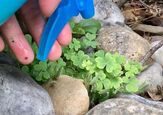
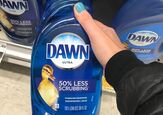









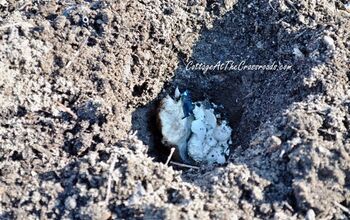



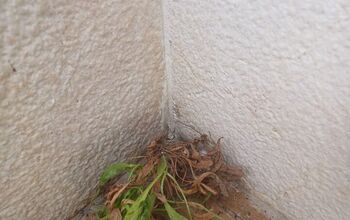
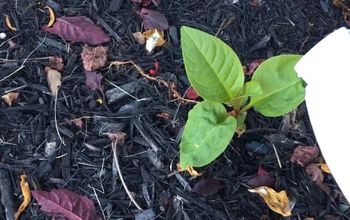

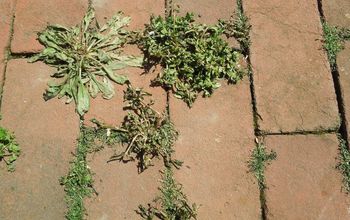
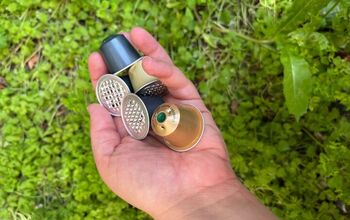
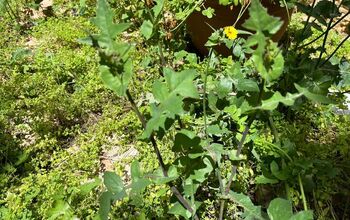


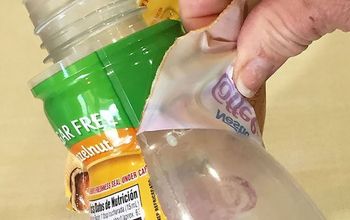
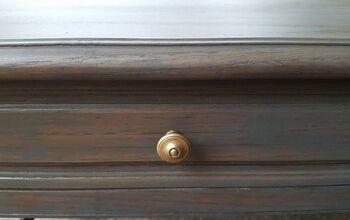
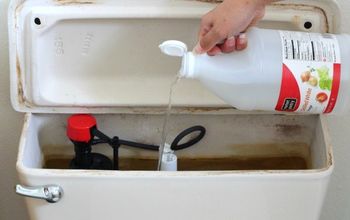

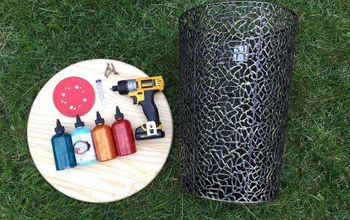
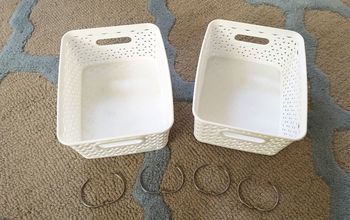


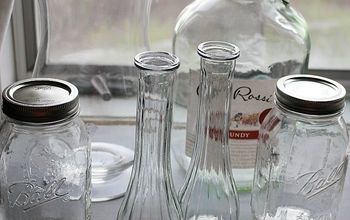

Frequently asked questions
Have a question about this project?
Do you wanna kill weeds? Use some Dawn dish soap on them let the sun bake them weed all gone doesn’t come back. A simple dash of baking soda works just as well bake in the sun all gone kills dandelions also no salt no vinegar no mixing no wearing gloves no spray a splash of dawn, dish soap or dash of baking soda
Will it work on moss between patio pavers?